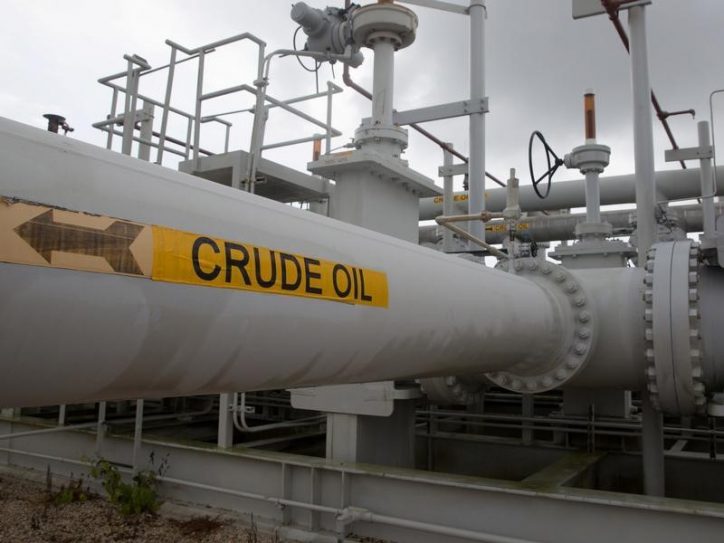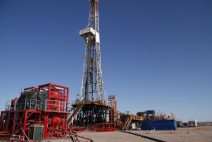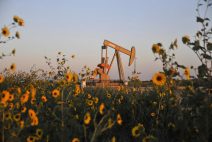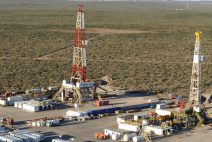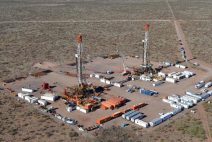OPEC expects international oil demand to rise in 2023 however at a slower tempo than 2022, the producer group said in its first forecast for subsequent 12 months, citing nonetheless strong financial progress and progress in containing COVID-19 in China.
In a month-to-month report, the Organization of the Petroleum Exporting Countries (OPEC) said it expects demand to rise by 2.7 million barrels per day (bpd), or 2.7%, in 2023. It left this 12 months’s progress forecast unchanged at 3.36 million bpd.
Oil use has rebounded from the pandemic-induced stoop in 2020 and is ready to exceed 2019 ranges this 12 months. The outlook for 2023 suggests a pressure on provides may persist as progress in non-OPEC output, which has been hit by Russian losses, is predicted to lag the rise in demand.
“In 2023 expectations for healthy global economic growth amidst improvements in geopolitical developments, combined with expected improvements in the containment of COVID-19 in China, are expected to boost consumption of oil,” OPEC said within the report.
OPEC’s demand forecast for 2023 is extra optimistic than that of the International Energy Agency, one other intently watched forecaster, in addition to preliminary views from OPEC delegates calling for a steeper slowdown as a result of excessive costs.
The 2023 forecasts assume there might be no escalation of the struggle in Ukraine and that dangers resembling inflation don’t take a heavy toll on international financial progress, OPEC said.
OPEC saved this 12 months’s international financial progress forecast at 3.5% and forecast progress of three.2% in 2023, including uncertainty was skewed to the draw back and upside potential “quite limited.”
Oil LCOc1 held on to an earlier decline after the report was launched, buying and selling beneath $103 a barrel and effectively off the near-record excessive of $139 it hit in March.
